“I want to use a CLASSIC PRO UPS, but I don’t know where to start!”
We often receive such inquiries.

In this guide, I will cover the three key points you need to focus on when choosing a UPS.
If you understand these points, you’ll be able to make an informed choice without any difficulty.
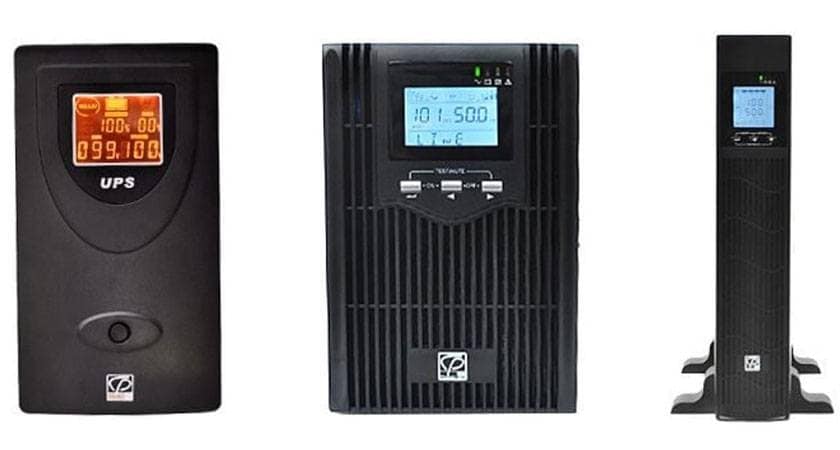
■ What is a UPS?
A UPS (Uninterruptible Power Supply) is a device designed to safely shut down digital equipment during unexpected power issues such as lightning strikes, power outages, or breaker failures. We also have a detailed feature page explaining how to choose a UPS. I recommend reading that as well!
Special Page: Protect Your Computer and Data from Power Outages! - What is a UPS? (In Japanese only)
So, let’s dive right in.
The three main things to consider are:
‘Capacity’, ‘Output Waveform’, and ‘Power Supply Method’.
In other words, the UPS’s:
‘Endurance’, ‘Type of Output’, and ‘Switching Speed During Power Outages’.
These terms might sound complicated, but if you understand these three aspects, choosing a UPS is straightforward.
■ Capacity
This refers to how long the UPS can last during a power outage.
Check the power consumption of the equipment you’ll be connecting.
For example, the power consumption of an LCD TV might be listed like this:
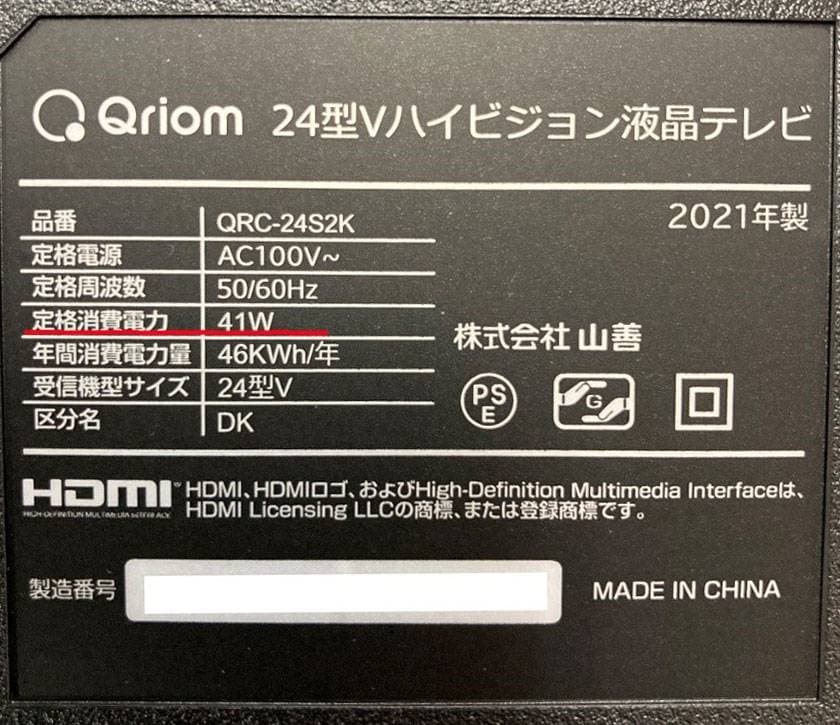
The power consumption is indicated as either ‘VA (apparent power)’ or ‘W (real power)’.
To convert VA to W, multiply by the power factor (PF).
For example,
VA × 0.8 = W
*Assuming a power factor of 0.8.
Choose a UPS with a capacity larger than the total power consumption of your equipment. Here’s a breakdown by capacity:
● 500VA
→ UPS500LX(300W)
● 1000/1200VA
→ UPS1200LX(720W)、UPS1000PSII(800W)、UPS1000RT(900W)
● 2000VA
→ UPS2000PSII(1600W)
Also, check how long each UPS can last.
The following backup times are based on a fully charged and functioning battery:
| Backup Time | |||||
|---|---|---|---|---|---|
| UPS500LX | UPS1200LX | UPS1000PSII | UPS2000PSII | UPS1000RT | |
| electricity consumption | 500VA/300W | 1200VA/720W | 1000VA/800W | 2000VA/1600W | 1000VA/800W |
| 50W | 35 min 20s | 1 hr 10m 20s | 69 min | 2 hr 9m | 69 min |
| 100W | 12 min 12s | 35 min 24s | 24 min 1s | 1 hr 16m 48s | 24 min 1s |
| 200W | 4 min 56s | 16 min 1s | 19 min 54s | 37 min 39s | 19 min 54s |
| 300W | 47 s | 8 min 21s | 14 min 20s | 23 min 28s | 14 min 20s |
| 400W | - | 5 min 5s | 8 min 30s | 16 min 25s | 8 min 30s |
| 500W | - | 3 min 8s | 7 min 19s | 12 min 20s | 7 min 19s |
| 600W | - | 51 s | 5 min | 9 min 19s | 5 min |
| 700W | - | 30 s | 3 min | 7 min 29s | 3 min |
| 800W | - | - | 2 min 30s | 5 min 37s | 2 min 30s |
| 900W | - | - | - | 4 min 43s | - |
| 1000W | - | - | - | 4 min 18s | - |
| 1200W | - | - | - | 3 min 25s | - |
| 1400W | - | - | - | 2 min 37s | - |
| 1600W | - | - | - | 1 min 37s | - |
■ Output Waveform
There are two types of UPS output waveforms:
‘Square Wave’ and ‘Sine Wave’. Here’s a brief overview of each:
○ Sine Wave
A sine wave is a clean waveform similar to the one supplied by standard home outlets.
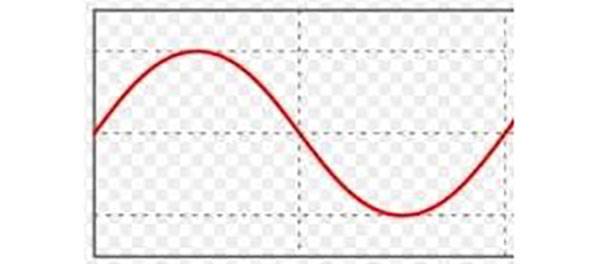
Devices that can be used with normal outlets will work fine with a sine wave UPS.
○ Square Wave
This waveform is a square shape.

Equipment with coils, motors, or transformers might not operate correctly with a square wave UPS.
However, computers and computer monitors generally have no issues.
■ Power Supply Method
CLASSIC PRO UPS models offer two power supply methods: ‘Line-Interactive’ and ‘Constant Inverter (Online)’.
For detailed explanations, refer to the special page introduced earlier.
Special Page: Protect Your Computer and Data from Power Outages! - What is a UPS? (In Japanese only)
Here’s a focus on “What’s the difference?” and “How does it affect UPS operation?”
■ Differences and Selection Criteria for Line-Interactive vs. Constant Inverter (Online) UPS!
If you don’t need to handle power interruptions, a Line-Interactive UPS is a cost-effective option with sufficient functionality. For critical backup data, the Constant Inverter method is recommended.
A bit more detail:
○ Line-Interactive
This method includes AVR (Automatic Voltage Regulation), which stabilizes output voltage by compensating for voltage drops or surges.
However, it doesn’t handle power interruptions and switches to battery power during outages.
It’s more affordable than the Constant Inverter method.
○ Constant Inverter (Online)
As the name implies, this method always supplies power through an inverter (converting DC to AC), so there are no interruptions.
During a power outage, it switches to battery power without any interruption, providing safer and more reliable backup.
This method is more expensive due to the constant inverter function.
I hope this helps with your purchase decision.








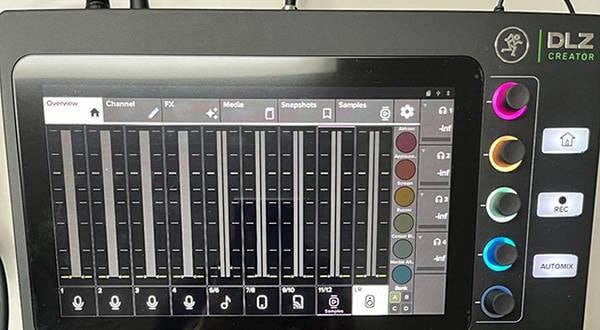
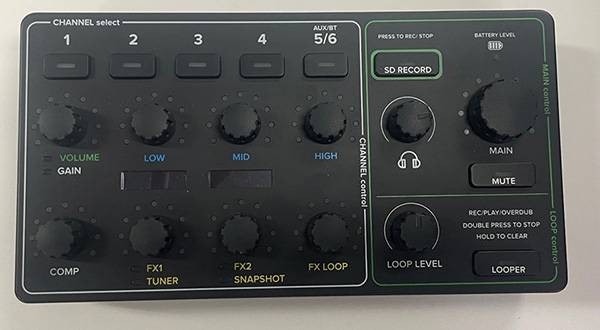
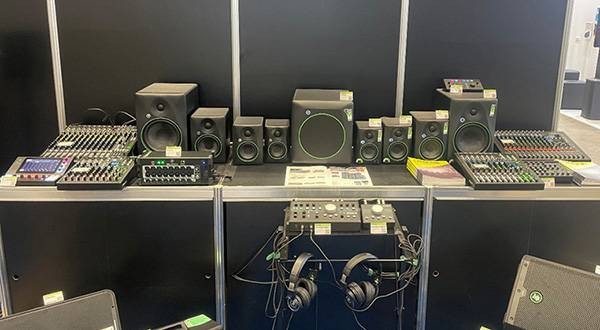
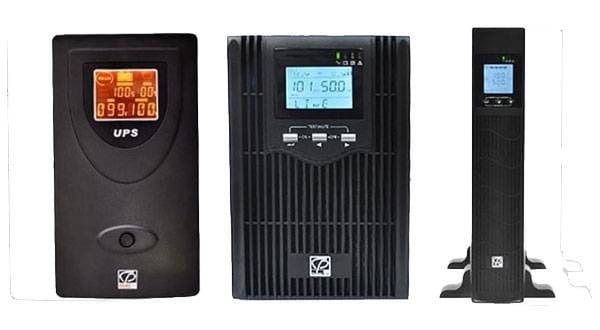
![[Thorough Review!!] Antelope Audio / Zen Go Synergy Core](/contents/uploads/thumbs/2/2021/10/20211029_2_14891_1.jpg)

![Tips on Utilizing the Sound House Webpage! Vol. 1 [Computer Music/Streaming Equipment]](/contents/uploads/thumbs/2/2021/10/20211007_2_14450_1.jpg)

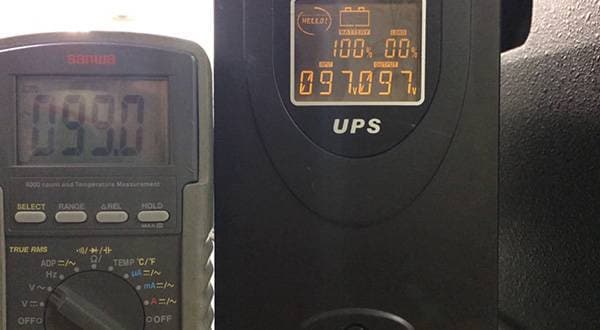
 ライブ配信に必要な機材
ライブ配信に必要な機材
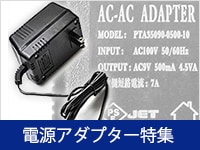 電源アダプター特集
電源アダプター特集
 サウンドハウス社員が選ぶ 『おもしろ商品』はコレだ!
サウンドハウス社員が選ぶ 『おもしろ商品』はコレだ!
 停電時にパソコン、作曲データを守る!!
停電時にパソコン、作曲データを守る!!
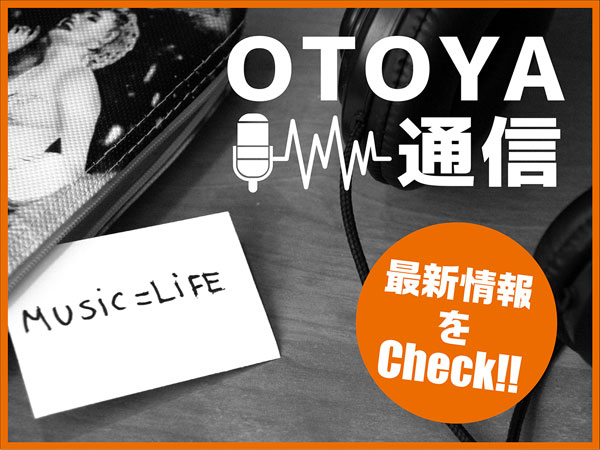 最新コラム&動画をCheck!! OTOYA通信
最新コラム&動画をCheck!! OTOYA通信
 サウンドハウス虎の巻 !
サウンドハウス虎の巻 !















